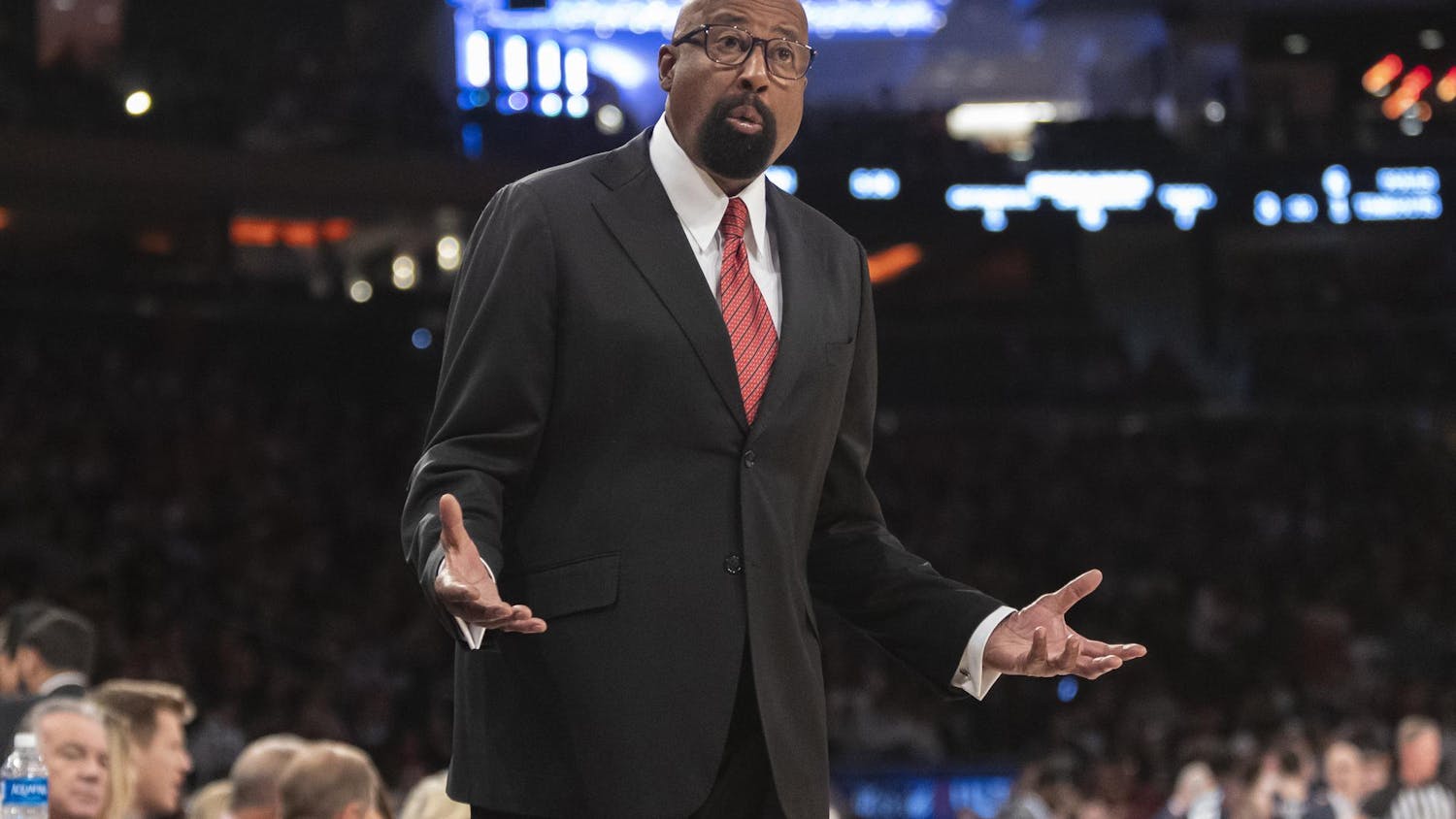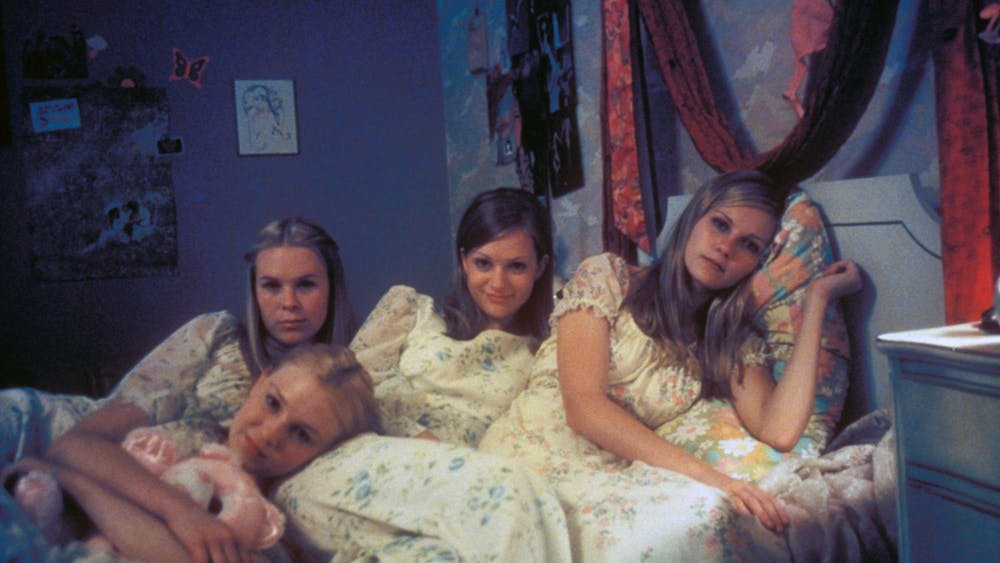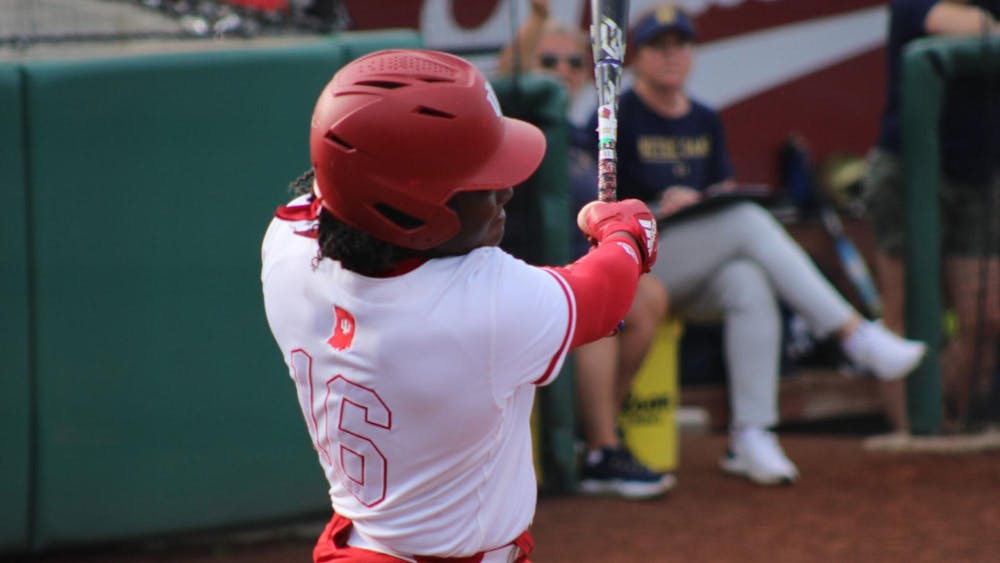The First Nations Educational and Cultural Center’s community dance and wellness fair mixed multiple cultures April 11 in the Neal-Marshall Black Culture Center. The goal of the event was to help Native Americans get access to health care and screenings, FNECC Director Brian Gilley said.
“Native Americans actually have more diabetes and more suicides than any other minority,” said Bruce Brown, the secretary and treasurer of the American Indian Center of Indiana.
The Center focuses on finding employment for Native Americans as well as ensuring their health and wellness. They provided free health screenings for diabetes, high blood pressure and other health issues at ?the event.
IU’s Positive Link group also had a booth at the event to promote awareness for HIV prevention.
“We came here to promote sexual health and to show people what Positive Link does,” Positive Link intern Nathan Steininger said. “We offer free STD testing, do speaking engagements as well as offer free condoms.”
Steininger is also part of the FNECC, and he suggested they have a booth at this event to help highlight a problem facing native ?communities.
“There is a growing population of MSM (men who have sex with men) in native communities, and it’s an important juncture that we want to address,” ?Steininger said.
He said the group wants to ensure MSM are educated about health risks and have access to protection.
Along with booths promoting health, there were also booths for Native American organizations that focus on selling traditional clothing and accessories.
Angela Johnson and Betsy Middleton came to sell jewelry in support of the Indiana Indian Movement as well as to preserve a traditional practice handed down for generations.
“We make jewelry to sell, but we also come up and do beading classes to teach people how to make traditional jewelry,” Johnson said.
As the event went on, Middleton was in the process of counting beads to continue making a bracelet using a traditional Native American method.
“It’s called hand looming,” Middleton said. “It’s used by lots of different native tribes. It was passed down from my grandma and then my mom and now me. There actually are no knots in the bracelet ... as you stitch you backtrack so you don’t need any knots.”
Three tables down, Dana La Quay and his nephew Evan Hamilton also sold traditional jewelry along with intricate moccasins.
“We learned the traditional method from friends of friends,” Hamilton said. “You actually put them together backwards and stitch, and then when you flip them inside out, you get a ?moccasin.”
La Quay and Hamilton aren’t Native American — they became interested in the culture when they were Boy Scouts as children, and their interest turned into a business as they got older, La Quay said.
“We’re here also to support the dance,” Hamilton said. “We like traveling, and we like to see different dance clothes and apparel that other people make.”
Part of the event was intertribal dancing, which originally made Morning Lark Baskett want to come to the event, she said. Baskett makes traditional dance clothes, and she said seeing what others are wearing is always interesting.
“I love to watch all the different dances,” Baskett said.
Some people came interested in health and wellness and some came interested in intertribal dancing, but according to Baskett, all come to be a part of Native ?American culture.
“I love both learning and teaching things about the culture,” Baskett said. “I mean, if anyone wants to talk Cherokee, I’m always happy. I’m both learning and teaching the language at the same time, and it’s just great to see so many natives coming ?together in one place.”





